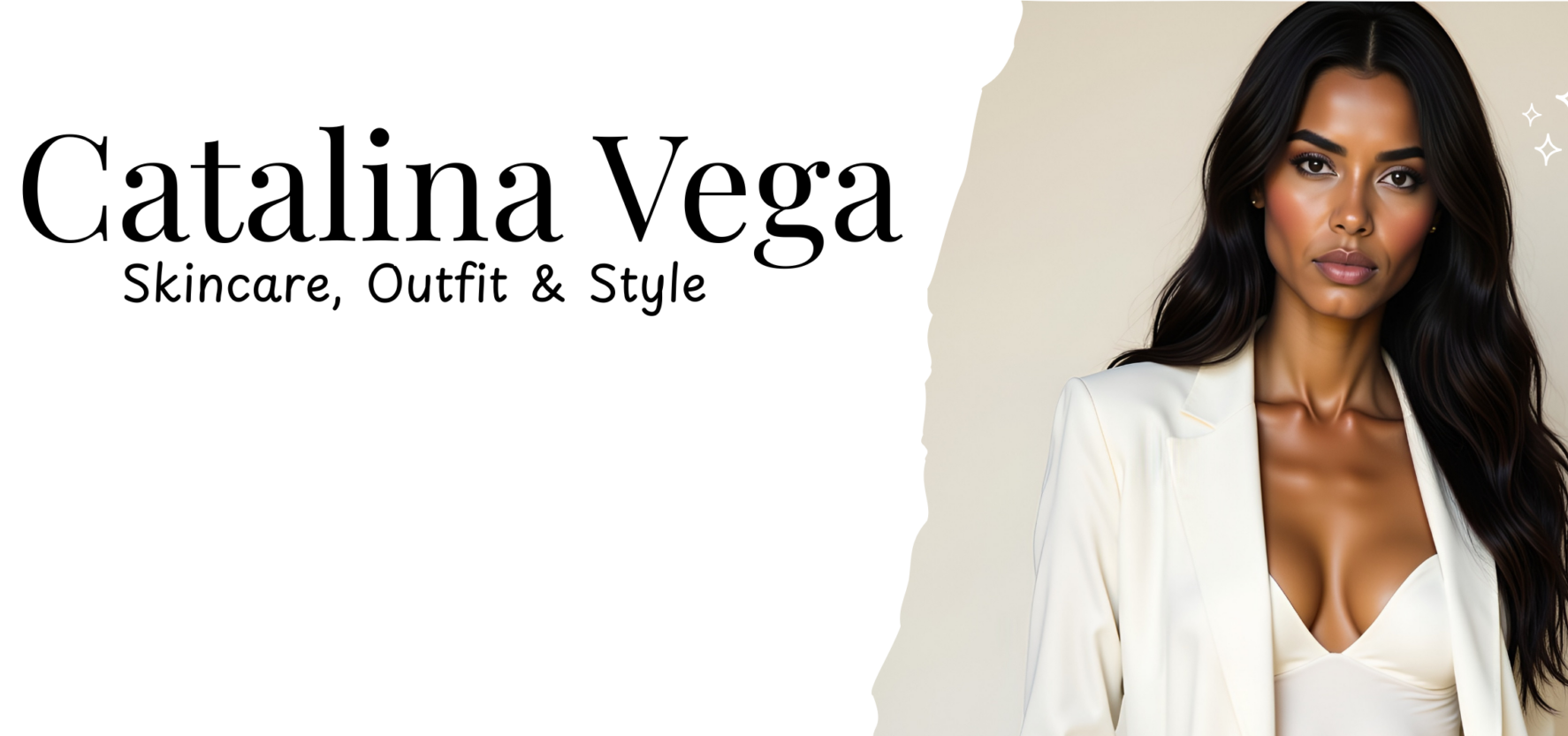Table of Contents
While hair is made of dead cells and cannot be fully “repaired,” its appearance and texture can be significantly improved with the right care. Whether your strands are affected by heat, chemicals, or daily wear and tear, there are practical steps you can take to restore their shine and strength.

In this guide, how to repair damaged hair, we’ll walk you through everything from understanding the causes of damage to effective prevention strategies. You’ll also discover targeted treatments, including nourishing oils and high-quality shampoo and conditioner combinations, that can make a noticeable difference.
Our goal is to empower you with expert advice and actionable tips. By the end of this article, you’ll have a clear plan to help your hair look and feel its best.
Key Takeaways
- Hair damage can be caused by heat, chemicals, or mechanical factors.
- Proper care routines can improve the look and feel of your hair over time.
- Targeted treatments like oils and conditioners are highly effective.
- Prevention is key to maintaining healthy hair.
- Expert tips and product recommendations can make a significant difference.
Understanding Hair Damage and Its Causes
Understanding the root causes of hair issues is the first step toward healthier strands. Whether it’s frizz, split ends, or dullness, these signs often point to underlying problems. Recognizing them early can help you take action before things get worse.
Recognizing Signs of Damage
Frizz, split ends, and a lack of shine are common indicators that your strands need attention. You might also notice increased breakage or a rough texture when you run your fingers through it. These signs often result from external stressors like styling tools, chemical treatments, or even harsh brushing.
Mechanical, Chemical, and Heat Factors
Mechanical damage occurs from everyday habits like tight ponytails or aggressive brushing. Chemical processes, such as dyeing or bleaching, can weaken the structure of your strands. Heat styling tools, like flat irons and curling wands, are another major culprit, especially when used without protection.
Even small practices, like skipping a conditioner or using low-quality products, can add up over time. Experts recommend gentle detangling and investing in heat-protectant sprays to minimize harm. Early detection and the right treatment can make a big difference in maintaining healthy strands.
By understanding these factors, you can take proactive steps to care for your strands. Stay tuned for tips on prevention and restoration in the next sections!
Prevention Strategies for a Healthier Mane
Taking small, daily steps can make a big difference in keeping your locks healthy and vibrant. By focusing on prevention, you can avoid common issues like split ends and breakage. Let’s explore some simple yet effective strategies to protect your strands and maintain their natural beauty.

Regular Trims and Gentle Detangling
Regular trims are essential for removing split ends and preventing further damage. Experts recommend scheduling a trim every 6-8 weeks to keep your strands looking fresh and healthy.
When detangling, start from the ends and work your way up. Use a wide-toothed comb to minimize stress on your strands. This technique helps reduce breakage and keeps your locks smooth and manageable.
Smart Styling Habits
Limiting heat tool usage is a game-changer for maintaining healthy strands. Whenever possible, let your hair air-dry and opt for heat-free styling methods. If you must use heat, always apply a protective spray to shield your strands.
Switching to hydrating shampoo and conditioner can also make a big difference. These products help lock in moisture, keeping your locks soft and resilient. Look for formulas enriched with nourishing ingredients like argan oil or shea butter.
By adopting these habits, you can protect your strands from unnecessary stress and maintain their natural health. Consistency is key—small changes today can lead to big results tomorrow.
Effective Ways to Repair Damaged Hair
Transforming lackluster locks is possible with targeted care and expert-recommended methods. While the structure of strands cannot be fully restored, the right treatments can significantly improve their appearance and texture. Let’s explore some of the most effective solutions to bring back shine and vitality.
Deep Conditioning for a Smooth Cuticle
Deep conditioning treatments are a game-changer for improving the outer cuticle. These products work by penetrating the strands to restore moisture and smoothness. Look for formulas enriched with ingredients like keratin or argan oil, which help seal the cuticle and reduce frizz.
For best results, apply a deep conditioner once a week. Leave it on for at least 10 minutes to allow the active ingredients to work their magic. This simple step can make your strands feel softer and look shinier.
Targeted Treatments and Bond Builders
Products like Olaplex and K18 are designed to rebuild the bonds within your strands. These treatments focus on repairing the internal structure, which helps restore strength and elasticity. They’re particularly effective for strands that have been chemically treated or exposed to heat styling.
Incorporate these treatments into your routine every few weeks. Over time, you’ll notice less breakage and a smoother texture. Pair them with a hydrating shampoo and conditioner for optimal results.
Nourishing Oils for Scalp and Strands
Using lightweight oils can protect your scalp and strands without weighing them down. Jojoba oil, for example, mimics the natural oils produced by your scalp, making it an excellent choice for hydration. Argan oil is another favorite for its ability to tame frizz and add shine.
Apply a few drops to damp strands before styling. This creates a protective barrier against heat and environmental stressors. Remember, a little goes a long way—overusing oils can make strands appear greasy.
By combining these treatments with a consistent care routine, you can achieve healthier, more vibrant strands. The key is to choose products that suit your specific needs and stick with them. Consistency is your best ally in this journey.
Restorative Home Treatments and DIY Remedies
Restoring your strands’ health doesn’t always require expensive products. Simple, natural ingredients from your kitchen can work wonders. These treatments are not only cost-effective but also packed with nutrients that nourish and strengthen your locks.

Olive Oil and Coconut Oil Treatments
Olive oil and coconut oil are two of the most effective natural treatments for hydration. Both oils penetrate the strands to restore moisture and improve elasticity. Simply warm a small amount of oil and massage it into your scalp and strands. Leave it on for at least 30 minutes—or overnight for deeper hydration—before rinsing thoroughly.
These oils are a great way to lock in moisture and protect your strands from environmental stressors. Plus, they’re easy to incorporate into your weekly routine.
Rice Water Rinse and Natural Masks
Rice water is a traditional remedy rich in inositol, a carbohydrate that helps strengthen strands. To make a rice water rinse, soak rice in water for 30 minutes, strain, and use the liquid as a final rinse after shampooing. This simple treatment can leave your locks feeling smoother and more resilient.
Natural masks are another excellent way to nourish your strands. Try mixing avocado, honey, and yogurt for a hydrating hair mask. Apply the mixture to damp strands, leave it on for 20-30 minutes, and rinse. These treatments are perfect for adding shine and softness.
By giving these remedies enough time to work, you’ll see noticeable improvements in your strands’ texture and appearance. Consistency is key—make these treatments a regular part of your routine for the best results.
Choosing the Right Products for Moisture and Protection
The right products can transform your strands, adding moisture, protection, and a radiant finish. Whether you’re dealing with dry hair or looking to enhance your color, the right choices can make all the difference. Let’s explore how to select products that deliver hydration, prevent split ends, and boost shine.
Shampoos, Conditioners, and Leave-In Treatments
Start with a hydrating shampoo and conditioner designed for your specific needs. Look for formulas enriched with ingredients like argan oil, shea butter, or keratin. These help lock in moisture and protect your strands from daily stressors.
Leave-in treatments are a must for smoothing split ends and adding shine. Apply a lightweight leave-in conditioner after washing to detangle and protect your locks. Products with UV filters can also shield your color from fading.
Deep Conditioning Masks and Bond Builders
Deep conditioning masks are a game-changer for restoring moisture and improving texture. Use them once a week to nourish your strands and seal the cuticle. Look for masks with ingredients like hyaluronic acid or coconut oil for maximum hydration.
Bond-building treatments, such as Olaplex or K18, are ideal for strengthening your strands. These products repair internal bonds, reducing breakage and improving elasticity. Incorporate them into your routine every few weeks for long-term results.
By choosing the right products and using them consistently, you can maintain your strands’ beauty and health. Remember, small changes in your routine can lead to big improvements over time.
Expert Advice from Stylists and Trichologists
Stylists and trichologists agree that a personalized approach is key to achieving vibrant locks. Their insights can help you navigate the complexities of protection and care, ensuring your strands stay healthy and radiant.
Celebrity and Professional Recommendations
Celebrity hairstylist Jen Atkin emphasizes the importance of a consistent routine.
“Your strands thrive on consistency. Stick to a schedule that includes regular conditioning and treatments tailored to your needs.”
Trichologist Dr. Dominic Burg adds,
“Understanding your strands’ unique needs is crucial. Whether it’s wet hair care or heat styling, always prioritize protection.”
Insights on Product Selection and Routine Adjustments
Experts recommend adjusting your routine based on seasonal changes and lifestyle factors. For example, switching to a silk pillowcase can reduce friction and prevent breakage. Similarly, incorporating a leave-in conditioner can provide extra protection for wet hair.
Addressing common misconceptions, Dr. Burg notes,
“While strands are technically dead cells, their appearance can be significantly improved with the right care. Don’t underestimate the power of professional input.”
Real-world examples show how expert advice can transform care routines. One client saw dramatic improvements after switching to a silk pillowcase and incorporating weekly deep conditioning treatments.
Experiment with adjustments, but always stay guided by professional recommendations. A tailored approach, backed by expert insights, can make all the difference in achieving healthy, vibrant strands.
Managing Styling Tools and Heat Exposure
Heat styling is a double-edged sword, offering instant glam but risking long-term harm. While curling irons and flat irons can create stunning looks, they can also damage your strands’ cuticles and strip away their natural texture. The key is to use these tools wisely and protect your locks every step of the way.
Heat Protection Must-Haves
Using a heat protectant spray is non-negotiable. These products create a protective layer around your strands, shielding them from high temperatures. Look for formulas with ingredients like argan oil or keratin, which help maintain texture and prevent cuticles from becoming brittle.
Editors’ favorites include lightweight sprays that don’t weigh down your locks. Apply them evenly before styling, focusing on the mid-lengths and ends. This simple step can make a world of difference in preserving your strands’ health.
Smart Styling Tips
Adjusting your heat settings is another game-changer. Lower temperatures are gentler on your strands and still deliver great results. If you’re in a rush, consider air-drying or using heat-free methods like braids or rollers.
Layering products can also add extra protection. Start with a leave-in conditioner, followed by a heat protectant spray. This combination locks in moisture and creates a barrier against styling heat.
Daily Protection and Expert Advice
Protecting your strands doesn’t stop at styling. Environmental factors like sun and pollution can also take a toll. Use products with UV filters during the day to shield your locks from harmful rays.
For busy schedules, experts recommend travel-sized heat protectants. Keep one in your bag for quick touch-ups on the go. As hairstylist Jen Atkin advises,
“A little protection goes a long way in keeping your strands healthy and vibrant.”
By adopting these practices, you can enjoy the benefits of heat styling without compromising your strands’ health. Remember, consistency is key—small changes today can lead to big results tomorrow.
Integrating Preventative and Repair Routines
Combining prevention and repair strategies ensures long-term strand health and vitality. A thoughtful blend of daily care and targeted treatments can transform your locks over time. Salon experts agree that this approach minimizes the effects of chemical treatments and heat exposure.

Regular trims are essential for maintaining healthy strands. They remove split ends and prevent further damage, especially after bleaching or chemical treatments. Pair this with gentle care routines to keep your locks strong and resilient.
Layering treatments is another effective strategy. Start with a hydrating shampoo and conditioner, followed by a leave-in product for added protection. Deep conditioning masks and bond builders can be used weekly to repair and strengthen your strands.
| Strategy | Benefits |
|---|---|
| Regular Trims | Removes split ends, prevents damage |
| Layering Treatments | Immediate repair and long-term protection |
| Deep Conditioning | Restores moisture, strengthens strands |
Consistency is key. A well-planned routine pays off over the years, ensuring your locks stay healthy and vibrant. Periodically reassess your care plan to adapt to seasonal or lifestyle changes.
Professionals recommend this kind of integrated approach for managing ongoing damage. As one stylist shared,
“A balanced routine is the foundation of healthy, beautiful strands.”
By blending prevention with repair, you can achieve lasting results. Start today and watch your locks transform over time.
Conclusion
Achieving healthier locks is a journey that starts with the right habits and products. While no treatment can completely undo damage, consistent care can make a significant difference over time. By understanding the causes and adopting expert strategies, you can gradually improve your strands’ look and feel.
Focus on prevention, like using a heat protectant before curling or straightening. Incorporate nourishing products, such as those with hyaluronic acid, to restore moisture and strength. Small changes, like regular trims and gentle detangling, can also go a long way.
We encourage you to start small and build these habits into your routine. With patience and the right approach, you’ll notice your locks becoming shinier and more resilient. Thank you for joining us on this comprehensive care journey—here’s to healthier, happier strands!




